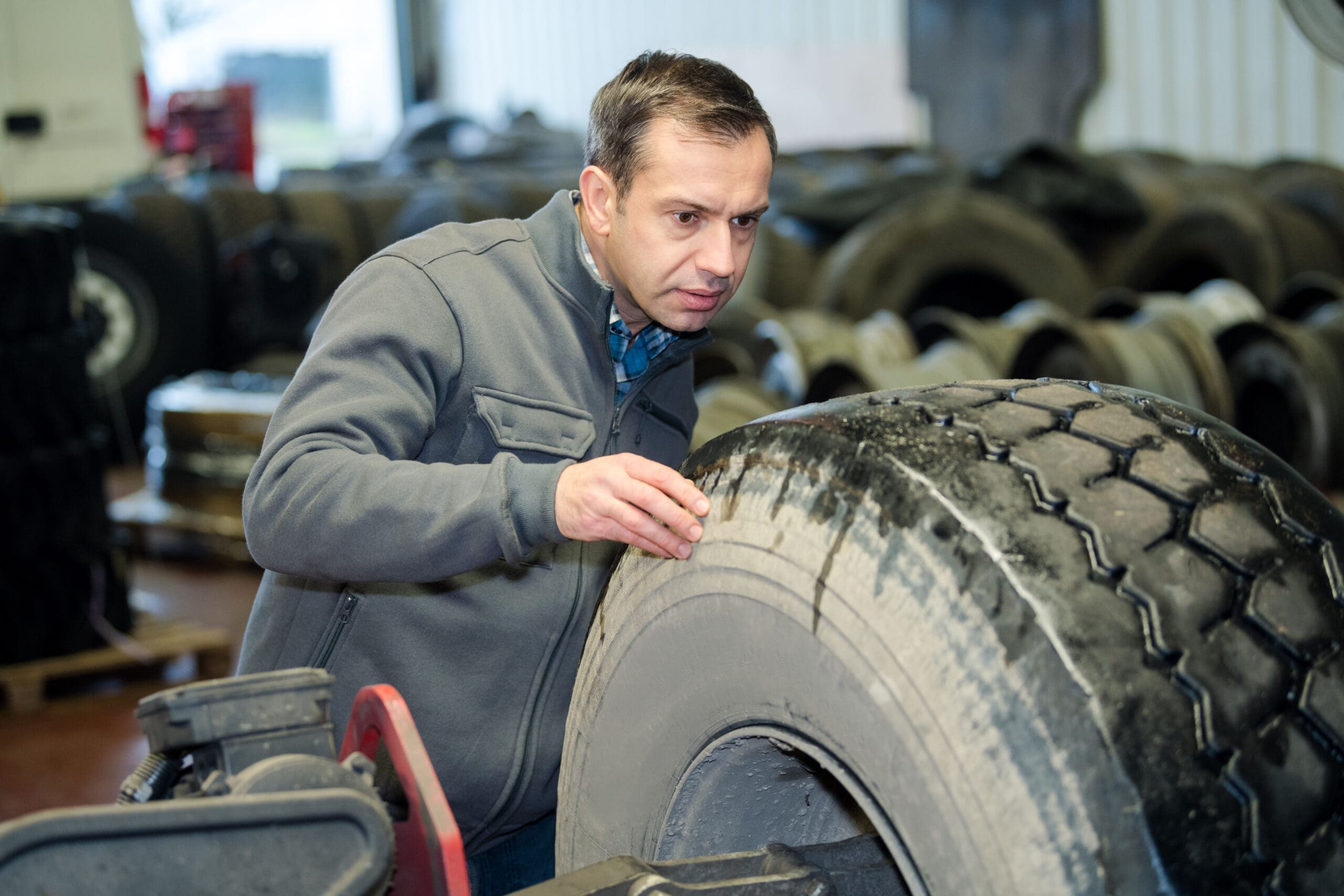Table of Contents
Essential for keeping yourself and others you may encounter safe, an HGV walkaround gives you proactive peace of mind and ensures you to comply legally with DVSA regulations.
As such, every HGV driver across the country should be doing them!
So, to adequately prepare for your busy days, how long should a HGV walkaround take and what does it involve?
How long does an HGV walkaround take?
For more experienced HGV drivers, daily checks can take an average of 15 minutes a day – less time than you might spend on your coffee break!
However, as with all things, if you are a new driver fresh out of HGV Training or a more experienced driver completing CPC Training in the UK, you should expect that your daily checks will take longer to start with.
But don’t worry, as you become more familiar with them, the time spent checking will decrease.
*Did you know HGV Training Network can give existing HGV drivers room for career progression? Browse ADR training today!

Can I skip HGV walkaround checks?
Well, you could – but we wouldn’t recommend it.
Failure to comply with DVSA and road safety regulations can lead to:
- Accidents and incidents involving yourself and/or the public
- Driving prohibition
- Fines
- Penalty points on your licence
Plus, if you are shown to be neglecting your duties as a professional driver, there could be implications for your career and job security.
So, what exactly is included in an HGV walkaround? Keep reading to find out!

How to complete an HGV walkaround check?
As a rough guide, a walkaround check covers things both inside and outside of the HGV. This includes:
Inside the vehicle
- Front view (mirrors, cameras, and glass)
- Windscreen wipers and washers
- Dashboard warning lights and gauges
- Steering
- Horn
- Brakes and air build-up
- Height marker
- Seat belts and cab interior
- Security and condition of cab, doors and steps
Outside the vehicle
- Lights and indicators
- Fuel and oil leaks
- Security of body and wings
- Battery security and condition
- Diesel exhaust fluid (AdBlue)
- Excessive engine exhaust smoke
- High voltage emergency cut-off switch
- Alternative fuel systems and isolation
- Spray suppression
- Tyres and wheel fixing
- Brake lines and trailer parking brake
- Electrical connections
- Coupling security
- Security of load
- Number plate
- Reflectors
- Markings and warning plates
- Other equipment
Browse our blog on HGV vehicle inspections to find out everything you need to know.
*With hundreds of happy HGV testimonials from past drivers, HGVTN can support you to swap a new, more fulfilling career! n vary depending on your location, the company you work for, and hours worked.ng licence.

Contact HGV Training Network for more than just training
While HGVTN offers high-quality and highly effective HGV training, we also do everything we can to ensure our industry is well-informed and safe.
To do this, we also prioritise reputable information sharing – like this blog!
To find out more about how we can help you or for a bespoke quote for a training centre near you, email the team at contact@hgvtrainingnetwork.com or fill in our contact form and our lovely staff will get back to you as soon as we can. re typically reserved for younger people looking to enter the industry after high school.








